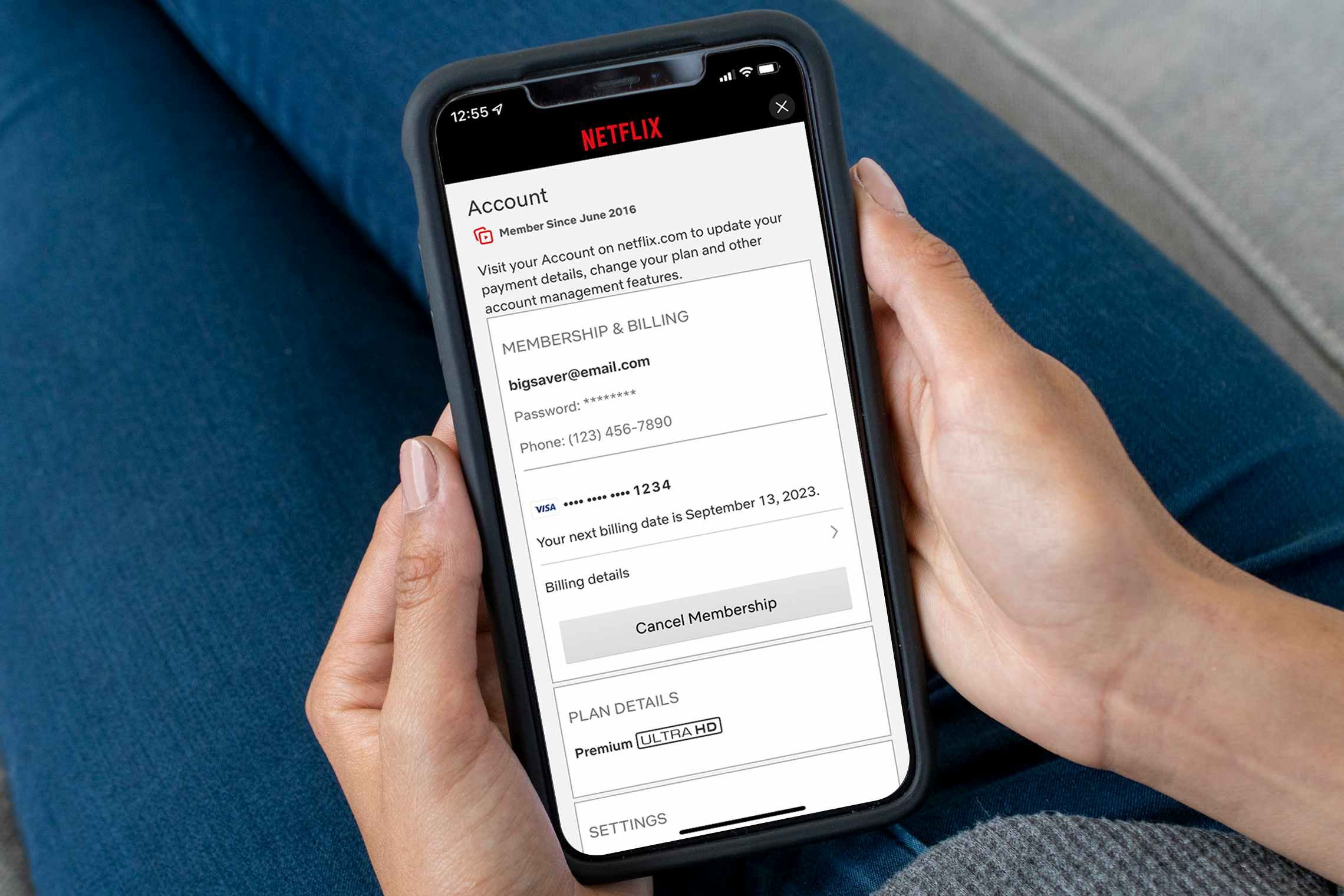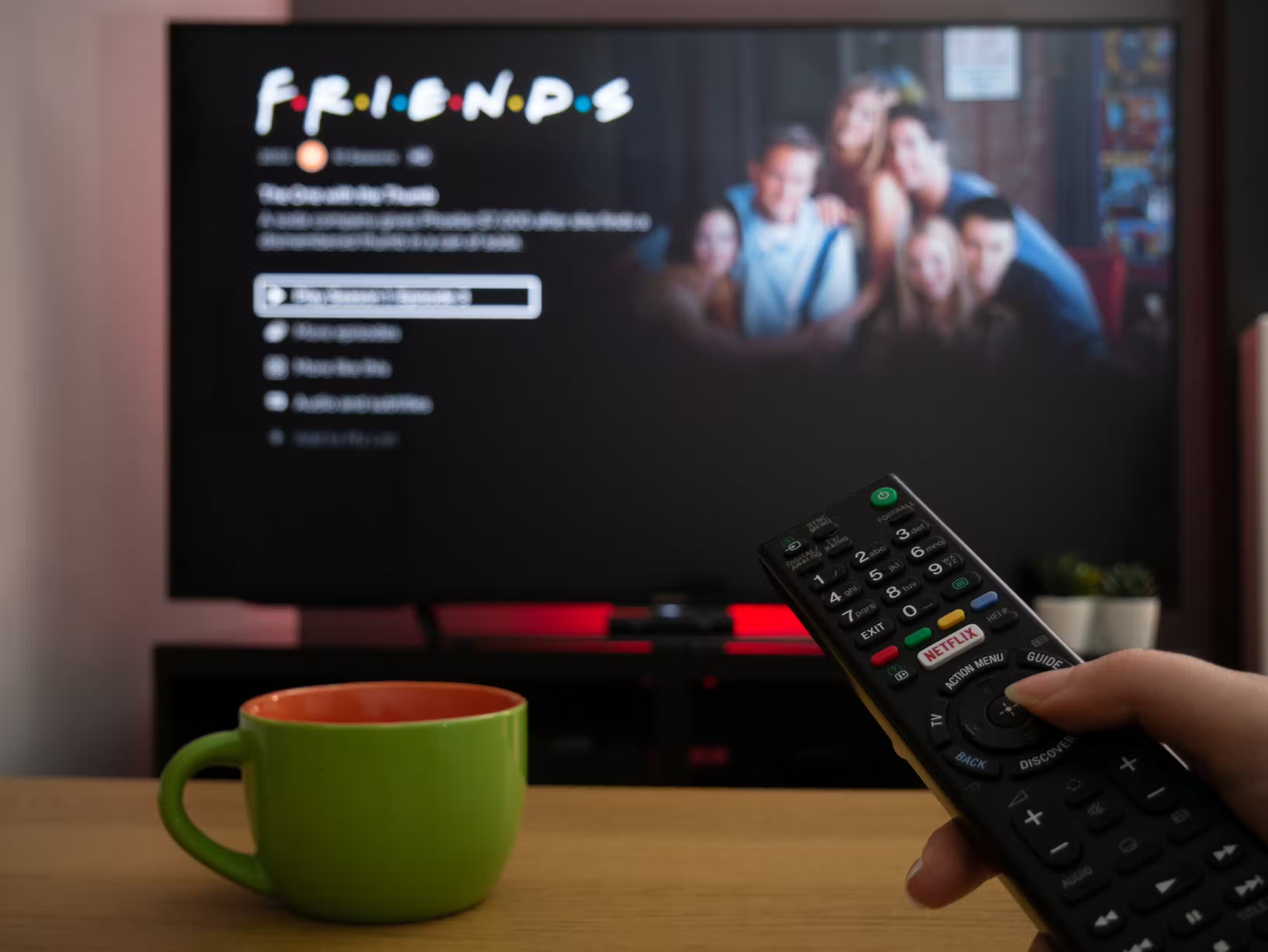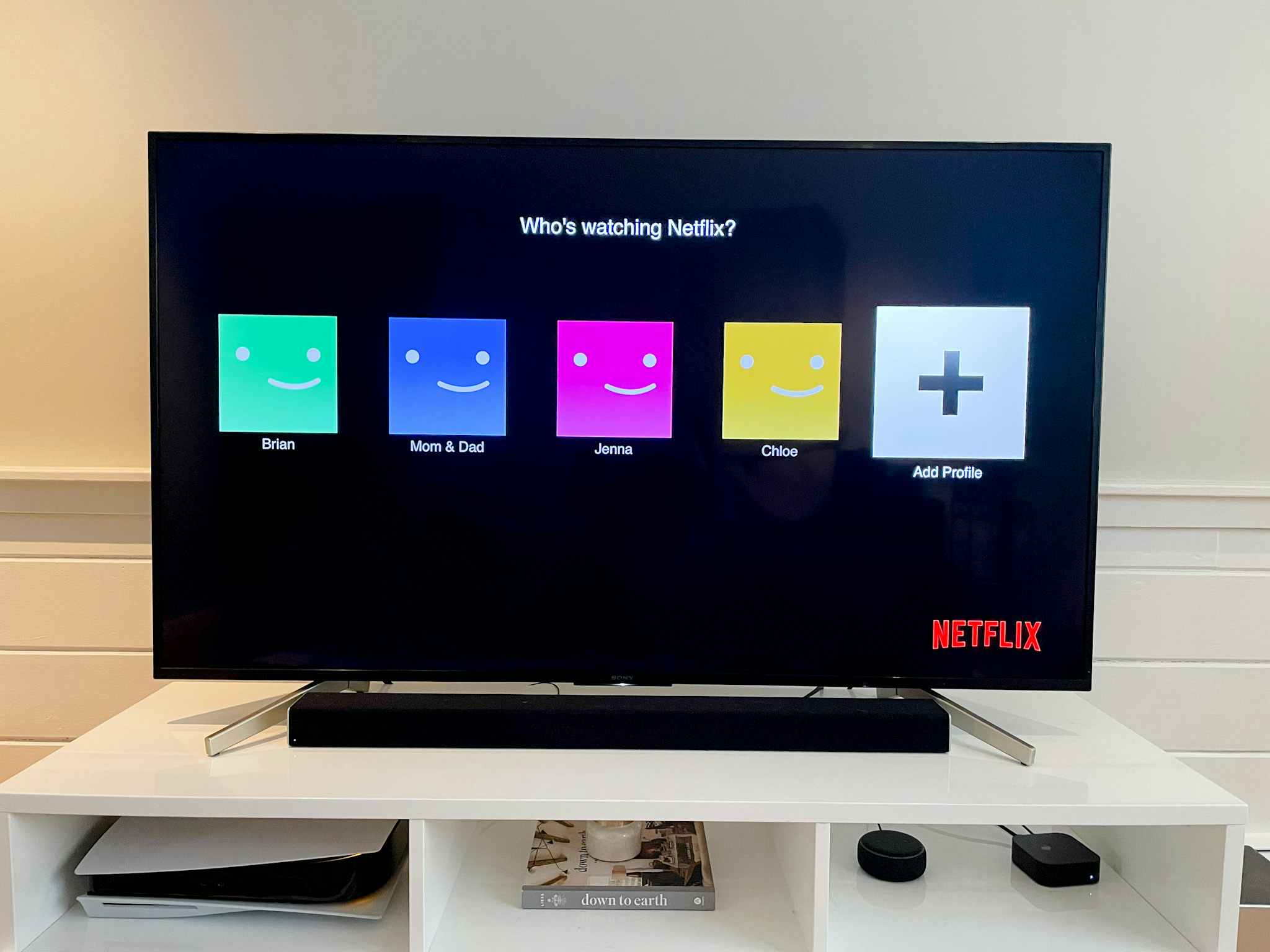After hinting at it for about a year, it’s official: As of May 24, 2023, Netflix is cracking down on password sharing in the U.S. — and will start charging extra for non-household members.
In the first quarter of 2023, Netflix launched what they’re calling “paid sharing” in four countries — Canada, Portugal, Spain, and New Zealand — and now they’ve started rolling out the new policy worldwide.
So how much could you pay? What do these changes look like for you and the other people on your account? Are there any savings to be had? How will Netflix paid sharing work? We’ll tell you what we’ve learned.
Download The Krazy Coupon Lady app for savings on everything, including streaming services.
If anyone outside your home is sharing your Netflix account, you either gotta kick ’em off or pay an extra $8/month.

Netflix says that account sharing is a major reason why they aren’t growing their subscriber base, and they’re cracking down on it by rolling out subaccounts for people who don’t live together. Here’s how it’ll work:
- Netflix users have to set a primary location for the account, ideally where everyone on the account lives.
- If subscribers want to share their account with others outside the home, they can add paid sharing to their account for an additional $7.99/month.
- If anyone uses the account from another location after an unspecified amount of time (rumor is 31 days), Netflix will suspend their account and offer for them to create a new, separate account, and transfer their viewing profiles.
- If the primary user is away from the primary location for too long, Netflix will ask them to change their primary location.
Note: The policy primarily targets scenarios where someone is repeatedly using a Netflix account from a particular place outside the primary location, which might indicate password sharing with other households. So watching Netflix while on vacation or a business trip won’t mess things up.
Only Netflix Standard and Premium accounts qualify for paid sharing.

Netflix Ad-Supported ($6.99/month) and Netflix Basic ($9.99/month) aren’t eligible for paid sharing. Only Netflix Standard ($15.49/month) and Netflix Premium ($19.99/month) allow accounts to pay extra for sharing outside the primary location.
If you have Netflix Standard, adding an out-of-household user will cost you an extra $7.99/month — which would get that user a Netflix Standard account for even cheaper than Netflix Basic. These accounts are limited to adding one Paid Sharing account. Netflix Premium subscribers are able to add up to two Paid Sharing accounts, for $7.99/month apiece.
Now, adding paid sharing doesn’t give you any extra streams; for example, with a Premium Account, there would still be a maximum four simultaneous streams, even with the added household(s).
You miiiiight still be able to share your account with someone who visits often.

If you’ve gotten used to paying $0/month for Netflix thanks to password sharing, you might not be keen on paying $7.99/month. There might be a loophole.
So, it’s not entirely clear how intense the location tracking will be. Netflix says that people who use their account while traveling shouldn’t have any trouble under the new rules. Just so long as you log in from the primary location at least once a month, you should be set.
By that logic, if you have a relative across town or a college student who visits home at least once a month, they should be able to log into Netflix from the primary location and keep sharing at no extra fee. But you know the risks; if Netflix gets wise to this plan, they’ll disable your account, forcing you to either boot the offender from your account, add Paid Sharing, or convert their viewing profile into its own account.
Paid Sharing doesn’t affect the maximum number of simultaneous streams.

Each Netflix account has a limit of five unique profiles, but you can have multiple people sharing a single profile. But no matter how many people are using the five profiles, though, only 1-4 screens can stream at a time. Regardless of what you decide about paid sharing, keep in mind — even if you pay the extra $7.99/month, you’re still limited by the number of simultaneous streams your particular account gets.
Keep that in mind when deciding whether to go with Paid Sharing or to spin off into your own accounts. Here’s an updated breakdown of Netflix’s subscription plans and simultaneous viewing limits:
- Netflix Ad-Supported ($6.99/month): 2 screens at a time
- Netflix Basic ($9.99/month): 1 screen at a time
- Netflix Standard ($15.49/month): 2 screens at a time
- Netflix Premium ($19.99/month): 4 screens at a time
There are lots of other streaming services that allow password sharing across households.

Is Netflix blazing a trail for other streaming services to implement similar rules? No telling, but for now, there are lots of streaming services that make it easy to share subscriptions. We’ll tell you how to split your Amazon Prime Video, Spotify, Max (formerly known as HBO Max), Apple Music, Hulu, and more accounts between households.
Note: Disney Plus just announced they’ve started cracking down on password sharing. Expect to see a similar Paid Sharing plan rolled out in 2024.
Don’t hold your breath for any big Netflix discounts.

Netflix doesn’t offer discounts, and they’ve even discontinued their free trial period. However, you can save on Netflix by using a Target RedCard to purchase Netflix gift cards to pay for your subscription of choice. The Target RedCard will get you 5% off of the gift card purchase. Doing this will thereby save you 5% if you use the Netflix gift card to pay for a full year’s subscription.
If you have T-Mobile Magenta or Magenta MAX plan as your mobile carrier, you may be eligible for their Netflix On Us offer. T-Mobile Magenta plans get you a free basic Netflix subscription, while Magenta MAX users can get a free standard Netflix subscription.
































Tell us what you think